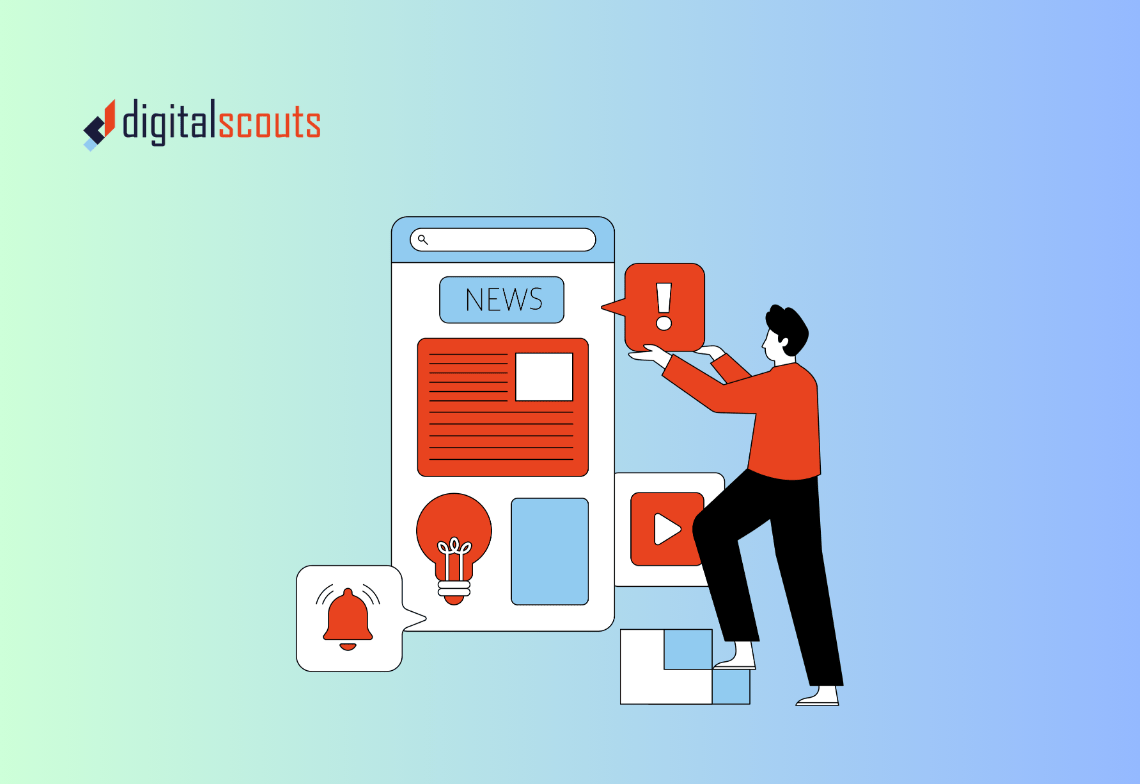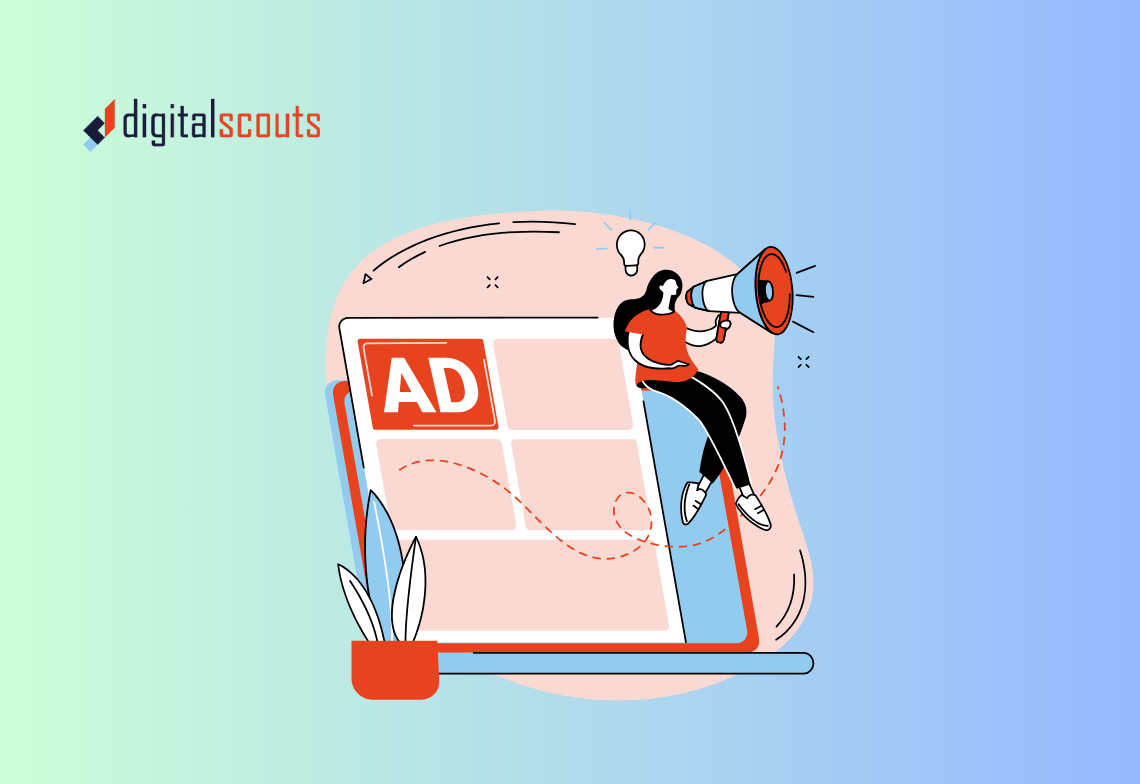Paid media is one of the most powerful levers in a B2B marketing strategy — but only when the right platform aligns with your goals, audience, and buying cycle. For most B2B marketers, the core question remains the same: should you invest more in LinkedIn Ads or Google Ads?
Both platforms can drive pipeline, but they work very differently. Google captures active demand. LinkedIn builds awareness and creates demand. The key to higher ROI is understanding where each fits in your buyer journey and how to optimise spend using data, automation, and HubSpot tracking.
This guide breaks down the strengths and weaknesses of each platform, how they perform across the funnel, and how to measure ROI with a RevOps mindset.
Why this question matters for B2B marketers
In 2025, paid media accounts for a growing share of B2B marketing budgets. Yet many teams still optimise for clicks instead of pipeline contribution. Both LinkedIn Ads and Google Ads can look effective on the surface — high CTRs, low CPCs, or strong impressions — but those metrics rarely tell the full story.
For B2B, the true ROI depends on what happens after the click. Which channel drives qualified leads, sales engagement, and revenue velocity? Which platform gives you cleaner data to optimise campaigns? And how can HubSpot’s reporting tools help you see the real return?
Understanding how each platform fits the B2B funnel
Before comparing performance metrics, it helps to see where each channel typically contributes most value.
| Funnel Stage | Google Ads Strength | LinkedIn Ads Strength |
|---|---|---|
| Awareness | Limited reach unless using broad keywords | Precise targeting by role, industry, company size, and job seniority |
| Consideration | Captures high-intent searches (solution, brand, comparison) | Nurtures buyers with educational content and thought leadership |
| Decision | High conversion from product or competitor searches | Strong for retargeting and direct outreach to buying committees |
| Retention | Lower impact post-sale | Excellent for brand engagement, content distribution, and upsell campaigns |
In short, Google drives intent-based conversions, while LinkedIn drives relationship-based influence. The most successful B2B advertisers use both, with clear attribution and complementary roles.
Comparing targeting capabilities
Google Ads: intent focused but broad
Google’s power lies in search intent. When a user types “cybersecurity software for SMBs” or “HubSpot integration agency,” they’re signalling an immediate need. That makes Google Ads strong for capturing buyers who are already in-market.
However, this also means competition is high and keywords are expensive. For niche B2B categories, search volume can be limited. You can layer demographic targeting and negative keywords, but beyond that, precision control is limited.
LinkedIn Ads: persona and account based
LinkedIn allows unmatched granularity for B2B. You can target by job title, company size, industry, seniority, skills, and even membership in professional groups.
For Account Based Marketing programs, you can upload company lists or use HubSpot’s LinkedIn Ads integration to automatically sync named accounts. This makes it ideal for engaging high-value audiences that may not be actively searching yet but fit your ICP.
Verdict: Google wins on intent, LinkedIn wins on precision. The best approach is to use Google for conversion-ready traffic and LinkedIn to warm up the right audience segments.
Comparing cost per lead and cost per click
Cost is always contextual in B2B. A $50 lead from LinkedIn can be more valuable than a $10 lead from Google if the conversion rate downstream is higher.
| Metric | Google Ads | LinkedIn Ads |
|---|---|---|
| Average CPC | USD 3–8 | USD 6–12 |
| Average CPL | USD 80–150 | USD 120–250 |
| Lead quality (MQL to SQL rate) | Moderate | Higher |
| Conversion rate (lead to opportunity) | 4–8% | 10–15% |
On paper, LinkedIn appears more expensive. But when measured by pipeline contribution, it often outperforms Google because of its targeting quality and decision-maker reach.
To find the right mix, track cost per qualified lead (CPQL) and cost per opportunity (CPO) instead of CPL. HubSpot’s attribution reporting lets you map both channels against lifecycle stages so you can see which one drives revenue, not just clicks.
Comparing creative formats and engagement
Google Ads formats
Google offers search, display, video, and performance max campaigns. Search ads work best for capturing intent. Display and video extend reach through remarketing or awareness plays.
Strengths: measurable intent, fast conversions, easy A/B testing.
Limitations: limited storytelling and creative differentiation.
LinkedIn Ads formats
LinkedIn offers sponsored content, carousel posts, lead gen forms, InMail, and video. The content-first environment makes it easier to educate buyers and showcase expertise.
Strengths: rich creative formats, thought leadership alignment, and engagement insights.
Limitations: higher CPCs, slower lead velocity.
HubSpot tip: connect LinkedIn lead gen forms to HubSpot via native integration. Contacts sync automatically with source attribution, allowing your RevOps team to track nurture journeys, workflows, and revenue impact.
Comparing analytics and attribution
Google Ads
Google provides granular analytics through Google Ads Manager and Google Analytics. However, for multi-touch B2B journeys, it struggles to attribute credit beyond the last click.
Integration advantage: syncing Google Ads with HubSpot provides full-funnel visibility — from keyword to closed deal — using first-party CRM data rather than cookie-based tracking.
LinkedIn Ads
LinkedIn Campaign Manager shows ad engagement, demographics, and company-level analytics. Attribution, however, is limited to top-of-funnel visibility unless connected to a CRM.
Integration advantage: HubSpot’s LinkedIn Ads integration allows contact-level attribution, connecting clicks and impressions to actual pipeline. This helps you understand not just who clicked, but who converted into opportunities.
Verdict: both platforms need HubSpot or another CRM integration to get a full view of ROI. Without it, you’re only seeing half the picture.
Where each platform wins
| Category | Winner | Reason |
|---|---|---|
| Audience precision | Rich professional targeting and ABM integration | |
| Intent capture | High conversion for bottom-of-funnel keywords | |
| Lead volume | Larger search traffic and scale | |
| Lead quality | Access to verified decision-makers | |
| Cost efficiency | Lower CPC and CPL at top of funnel | |
| Brand visibility | Content-driven engagement and credibility | |
| Sales alignment | LinkedIn + HubSpot | Seamless handoff through CRM integration |
Neither platform is a silver bullet. ROI depends on how you blend them into one coordinated system.
Building a hybrid paid media strategy
The most effective B2B teams use both channels within a unified RevOps framework. Here’s how to align them.
Step 1. Use LinkedIn for awareness and audience warming
Run thought leadership and problem education campaigns targeting decision-makers. Promote webinars, guides, or research that map to buyer challenges.
Step 2. Retarget on Google
Use remarketing lists from HubSpot to serve Google search or display ads to people who engaged on LinkedIn or your website. This combines persona-based and intent-based targeting.
Step 3. Measure engagement beyond clicks
Track lifecycle movement in HubSpot: MQL to SQL conversion, opportunity creation, and influenced revenue. Report ROI per channel based on revenue, not impressions.
Step 4. Optimise creative and offer
AI tools in HubSpot can help rewrite ad copy, test new value propositions, and predict engagement trends. Run multivariate tests to see which messages convert by persona and industry.
Step 5. Reallocate budget quarterly
Use HubSpot campaign performance dashboards to compare CPQL and CPO across both platforms. Move budget to the channel driving higher revenue efficiency.
AEO-friendly optimisation tips
As AI-powered search and Answer Engine Optimisation reshape discovery, your ad landing pages must provide direct, clear answers to user intent.
To optimise for AEO:
-
Write headlines that mirror search questions (for example, “How to Reduce B2B Lead Costs with LinkedIn Ads”).
-
Open with a short, plain-language answer.
-
Add schema markup for FAQ and review sections.
-
Include FAQs that address objections and comparisons.
-
Link to related resources such as “B2B Marketing Framework” or “HubSpot for CRO.”
This makes your pages more discoverable in AI-generated overviews and increases trust with visitors who expect quick, direct answers.
Example ROI comparison from real B2B campaigns
Digitalscouts analysed campaign data across multiple clients in SaaS, IT, and professional services. Results show clear differences between LinkedIn and Google performance.
| Metric | LinkedIn Ads | Google Ads |
|---|---|---|
| Average CTR | 0.7–1.2% | 2.5–4% |
| Average CPC | $8.50 | $4.10 |
| Lead-to-SQL conversion | 14% | 7% |
| Opportunity influence | 68% | 54% |
| Cost per opportunity | $340 | $290 |
| ROI (pipeline revenue per $1 spend) | 4.2x | 3.1x |
While LinkedIn costs more upfront, its higher conversion to opportunity and stronger influence on pipeline often deliver better long-term ROI — particularly when integrated into a broader content and nurture ecosystem through HubSpot.
Common mistakes to avoid
-
Measuring success by CTR or impressions
CTR shows interest, not intent. Always align metrics with lifecycle progression. -
Running isolated campaigns
Your ads should connect to CRM workflows and nurture sequences, not dead-end landing pages. -
Using the same creative for both platforms
Google users respond to clarity and offers; LinkedIn audiences expect insights and credibility. -
Ignoring offline or sales-assisted conversions
Track all outcomes in HubSpot for full attribution visibility. -
Setting and forgetting budgets
Review every quarter. Both platforms evolve quickly and performance shifts by audience saturation.
Bringing it all together
Both LinkedIn Ads and Google Ads can deliver strong ROI in B2B — but in different ways. Google captures existing demand. LinkedIn creates and nurtures it. The real power comes from using both under one RevOps framework that connects data, messaging, and attribution inside HubSpot.
When you measure ROI not by clicks but by pipeline contribution, the right mix becomes clear. For awareness and decision-maker reach, invest in LinkedIn. For bottom-funnel conversions and active demand capture, scale Google. Together they drive visibility, engagement, and revenue.
At Digitalscouts, we help B2B teams design paid media systems that convert traffic into pipeline. From HubSpot campaign setup to full-funnel attribution, we ensure every click drives measurable revenue growth.
Ready to improve your paid media ROI?
Contact Digitalscouts to review your LinkedIn and Google Ads strategy today.
Frequently Asked Questions
LinkedIn offers detailed B2B targeting by job title, company size, seniority, and industry, making it ideal for Account Based Marketing. Google Ads focuses on intent through keywords and search queries, which helps capture buyers already looking for solutions. LinkedIn reaches the right audience early, while Google converts active demand efficiently.
About Author
Ashish is a B2B growth strategist who helps scaleups align marketing and sales through Account-Based Marketing (ABM), RevOps, and automation. At DigitalScouts, he builds scalable content engines, streamlines lead flows with HubSpot, and runs targeted GTM programs to drive predictable pipeline. He regularly shares insights on using AI and automation to power ABM and accelerate complex buyer journeys.








